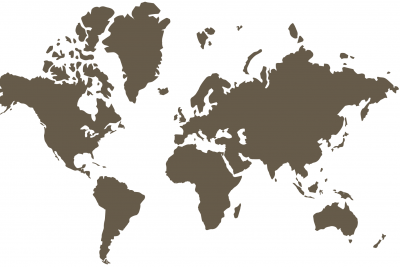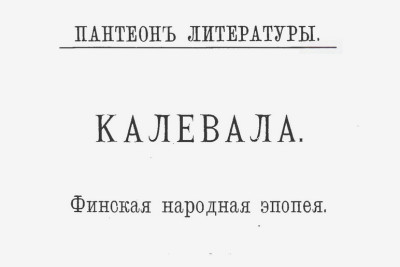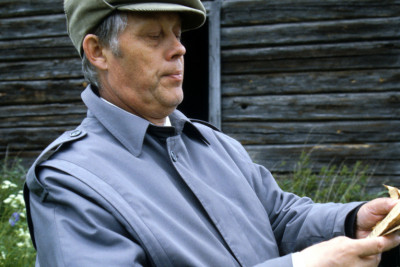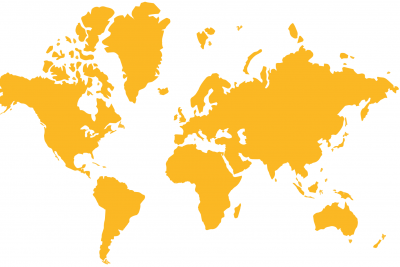The creation of the Kalevala took place during a time period when Russia started to take an interest in Finnish culture. Finland had become a Grand Duchy in Russia only twenty years earlier. Also, the fact that the capital of Russia, St. Petersburg, and Helsinki, that had become the capital of Finland, were geographically so close to one another had an impact on the lively connections between the Finnish and Russian intellectuals. The untouched nature in Finland and its somewhat strange culture and way of life attracted wealthy Russian travellers and vacationers to Finland, largely for the same reasons as today, more than 150 years later. On the other hand, in the 19th century, Russians did not see Finland as a modern country but as a mythical backwater where people lived a life filled with spells, magicians and other attributes of ancient religion.
During the Soviet period, the Kalevala was also used in ideological work. The Finnish and Russian versions of the Kalevala that were published in Petrozavodsk both contain a fairly extensive foreword by Otto Ville Kuusinen with the title “Kalevala ja sen luojat”, in English: The Kalevala and its creators”. In his foreword, Kuusinen presents a thorough analysis of the creative process of the Kalevala and its contents and gives the people great praise as the creators of this genial poetry, but he also explains that all the magic and supernaturalism that can be seen in the Kalevala is a result of the poetry singers’ “primitiveness”. Kuusinen says that it, actually, is regrettable that “the compilation of the Kalevala has been influenced by some aspects that are not familiar to its general characteristics, as for example, a few dozens of Christian verses. […] They are disharmonies in the epic”. All in all, the foreword by Kuusinen gives you the impression that he tries to defend the artistic value of the Kalevala and adapt the epic into the demands of social realism.
The Russian translation by Armas Mishin and Eino Kiuru that was done in 1992–1995 and published in 1998 became the translation that can, genuinely, compete with the translation by Leonid Belskij, which is regarded as a classic. These two translators had, from the beginning, excellent prerequisites to successfully implement their project. Eino Kiuru is a highly regarded expert on folklore studies who has studied Karelian and Ingrian folk poetry for several decades. Armas Mishin, on the other hand, has, in his research, particularly focused on the Kalevala. Besides this, he is also a poet and he has published several poetry collections both in Russian and in Finnish. Both translators are bilingual Ingrian Finns.
(Mirja Kemppinen and Markku Nieminen: ”Rekonstruoidusta kansaneepoksesta Lönnrotin runoelmaksi – Kalevala Venäjällä” – Kalevala maailmalla. Helsinki: SKS. 2012.)





